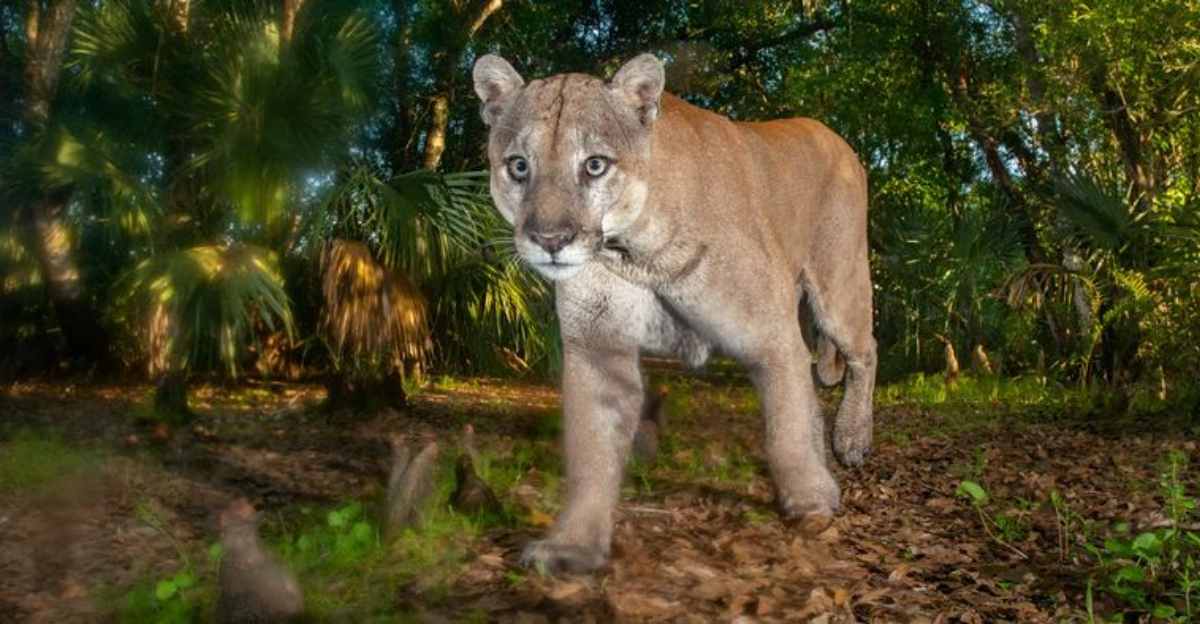Florida panthers are staging a real comeback along the Sunshine State’s wild landscapes.
Thanks to decades of dedicated conservation, like protected habitats, wildlife crossings, and even. Texas puma introductions, panther numbers have climbed from dire lows to over a hundred today.
These resilient cats are reclaiming territory and winning hearts, reminding us that when humans step up, even the most endangered wildlife can bounce back.
1. Population Boom After Near Extinction

From a mere handful of panthers in the 1970s to approximately 200 today, Florida’s state animal has clawed its way back from the brink. Scientists once prepared obituaries for this subspecies!
The population increase represents a 500% growth over five decades, though experts caution that numbers remain precarious.
Each new panther cub photographed by wildlife cameras causes celebration among researchers who’ve dedicated careers to saving these elusive cats.
2. Genetic Rescue: Texas Cousins to the Rescue
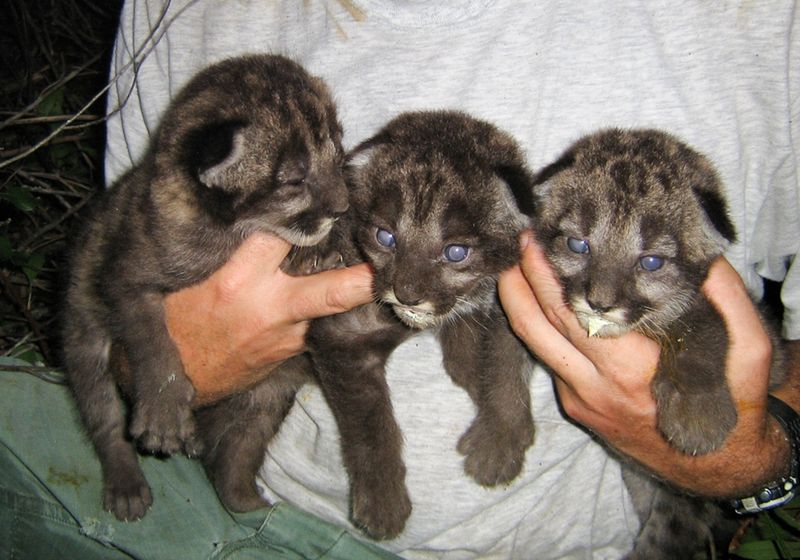
Desperate times called for desperate measures when Florida panthers faced genetic bottlenecks. Rangers airlifted eight female Texas cougars into panther territory during the 1990s to diversify the dwindling gene pool.
The bold experiment worked! These introduced females produced healthier kittens without the heart defects and poor sperm quality plaguing inbred panthers.
Today, nearly every surviving Florida panther carries some Texas cougar DNA—proof that sometimes saving a species requires thinking outside conventional conservation boxes.
3. A Refuge Created Just for Panthers

Hidden away in southwest Florida lies 26,400 acres of prime real estate exclusively for panthers. The Florida Panther National Wildlife Refuge, established in 1989, protects crucial hunting grounds and breeding territory.
Rangers maintain carefully prescribed fire regimes that mimic natural patterns, creating the mosaic habitat panthers need.
The refuge serves as a living laboratory where researchers track panther movements, document hunting behaviors, and monitor population dynamics—all while keeping human disturbance to an absolute minimum.
4. Green Highway System for Big Cats
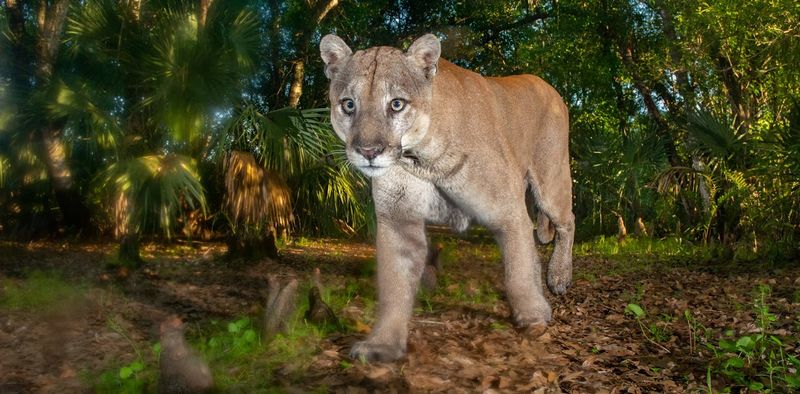
Panthers need room to roam! Males patrol territories up to 200 square miles, an impossible feat in fragmented landscapes.
Enter the Florida Wildlife Corridor Act, signed into law in 2021, which created a network of connected wildlands spanning the state.
This groundbreaking legislation allocated $400 million to protect and connect natural areas.
By linking existing conservation lands with newly protected corridors, panthers can now travel safely between habitats, find mates, and expand their range northward—crucial for long-term survival.
5. Bridges That Save Lives
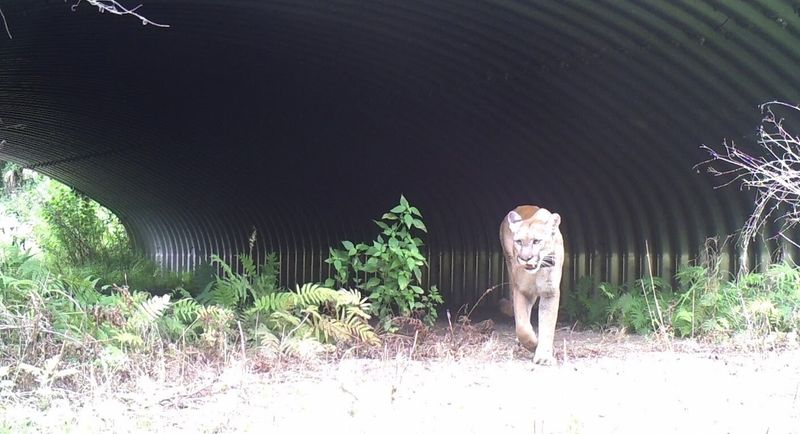
Vehicle collisions once claimed nearly half of all panther fatalities. Engineers tackled this deadly problem with wildlife underpasses—concrete tunnels spanning beneath busy highways that panthers actually use!
Motion-triggered cameras capture nighttime footage of panthers safely traversing these passages. Tall fencing funnels animals toward these crossings, dramatically reducing roadk*ll numbers.
Since the first underpass was built along Alligator Alley in 1989, over 60 similar structures now help panthers navigate Florida’s dangerous roadways.
6. Ranchers: Unexpected Panther Allies

Cattle ranchers—once considered enemies of predators—have become surprising panther champions.
Through conservation easements, ranchers maintain vast private lands as working cattle operations while preserving critical panther habitat.
The state pays ranchers to keep their land undeveloped forever. This win-win arrangement maintains rural livelihoods while providing panthers with hunting grounds and travel corridors.
The Lykes Brothers Ranch alone protects over 40,000 acres of panther habitat through these innovative agreements.
7. Celebrities of the Conservation World
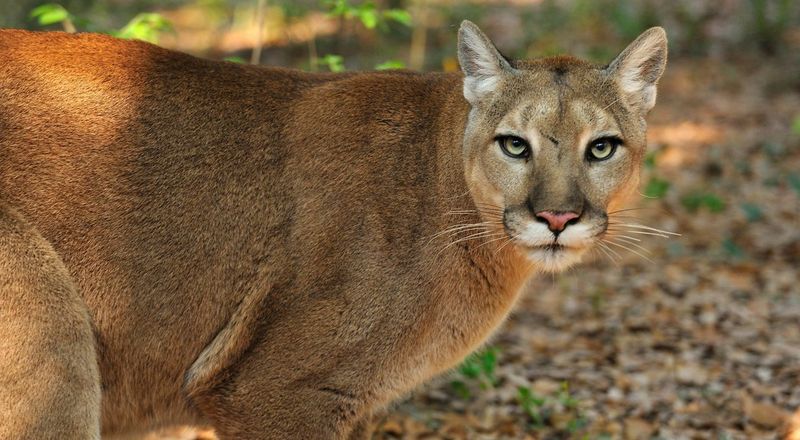
Panthers have become Florida’s most recognizable conservation ambassadors. Their image appears on specialty license plates that have raised over $25 million for research and habitat protection since 1990.
School children learn about panthers in science classes. Sports teams adopt them as mascots. This public awareness translates into political support for conservation funding.
When a radio-collared panther named FP218 successfully raised five kittens in 2020, her story made headlines across the state—turning one mother cat into a celebrated symbol of species recovery.
8. Reclaiming Lost Territory
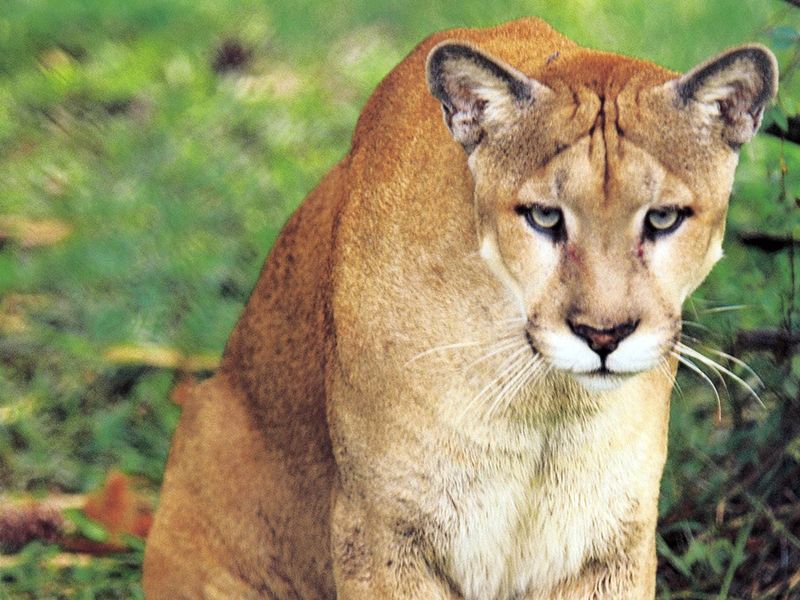
Panthers once roamed throughout the southeastern United States. Today, biologists celebrate as cats push northward beyond their south Florida stronghold.
A male panther was photographed north of the Caloosahatchee River in 2016—the first female followed in 2017.
These pioneers represent hope for range expansion. Conservation groups now purchase strategic land parcels to create stepping stones for further northward movement.
The ultimate goal? Re-establishing breeding populations in central and northern Florida, allowing panthers to reclaim a fraction of their historical range.
9. High-Tech Cat Tracking
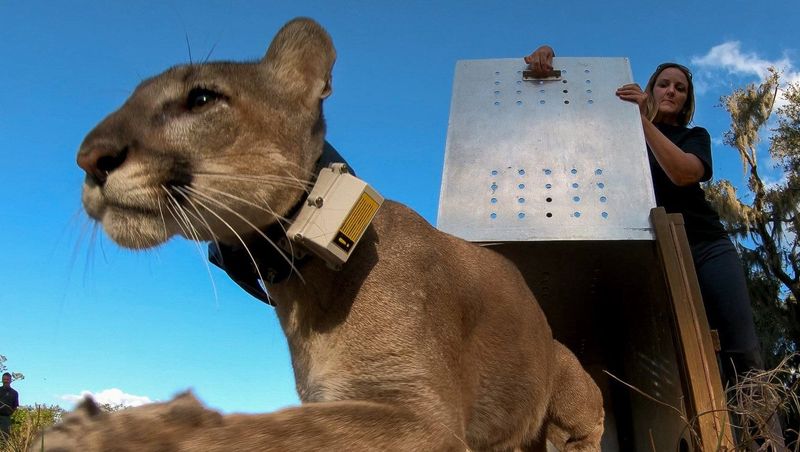
Modern panthers wear designer collars—GPS-enabled tracking devices that ping satellites with location data every few hours. This technological revolution has transformed conservation efforts.
Researchers now understand hunting patterns, denning preferences, and territory needs with unprecedented precision.
When panther FP256 traveled 800 miles in five months, scientists gained crucial insights about habitat connectivity.
DNA analysis from scat samples complements tracking data, creating detailed family trees and revealing previously unknown population dynamics.
10. Communities Embracing Their Wild Neighbors
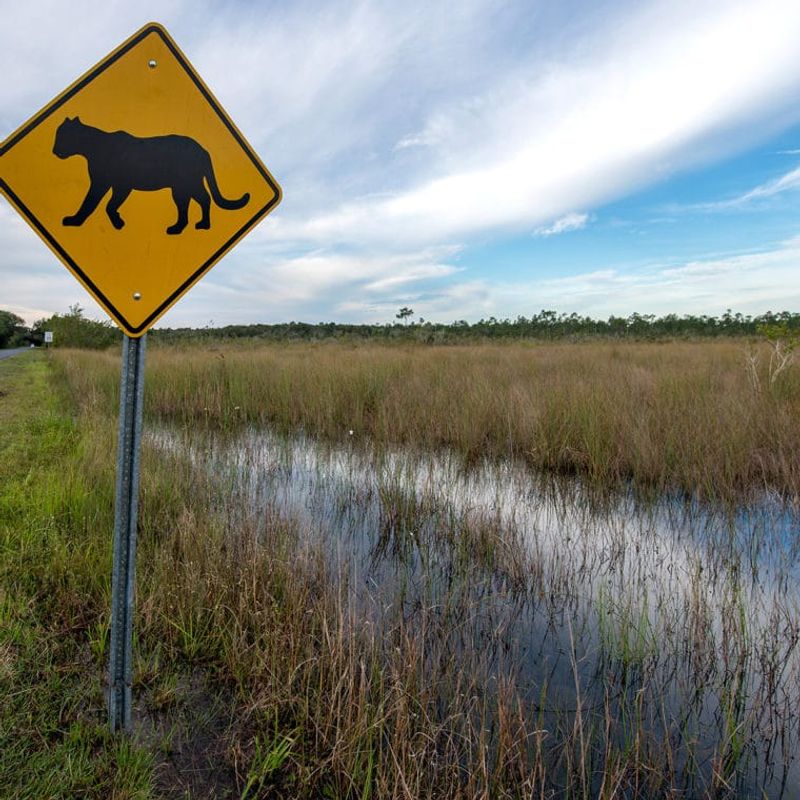
Naples residents once feared having panthers nearby. Today, many proudly display “Panther Crossing” signs in their neighborhoods. This remarkable attitude shift reflects successful education campaigns about living with wildlife.
Communities now build wildlife-friendly developments with dedicated green spaces. Homeowners secure garbage cans to prevent attracting panther prey. Local schools adopt panther conservation projects.
This grassroots support proves vital as human development continues pushing against wilderness areas—demonstrating how people and predators can coexist with proper planning and mutual respect.
